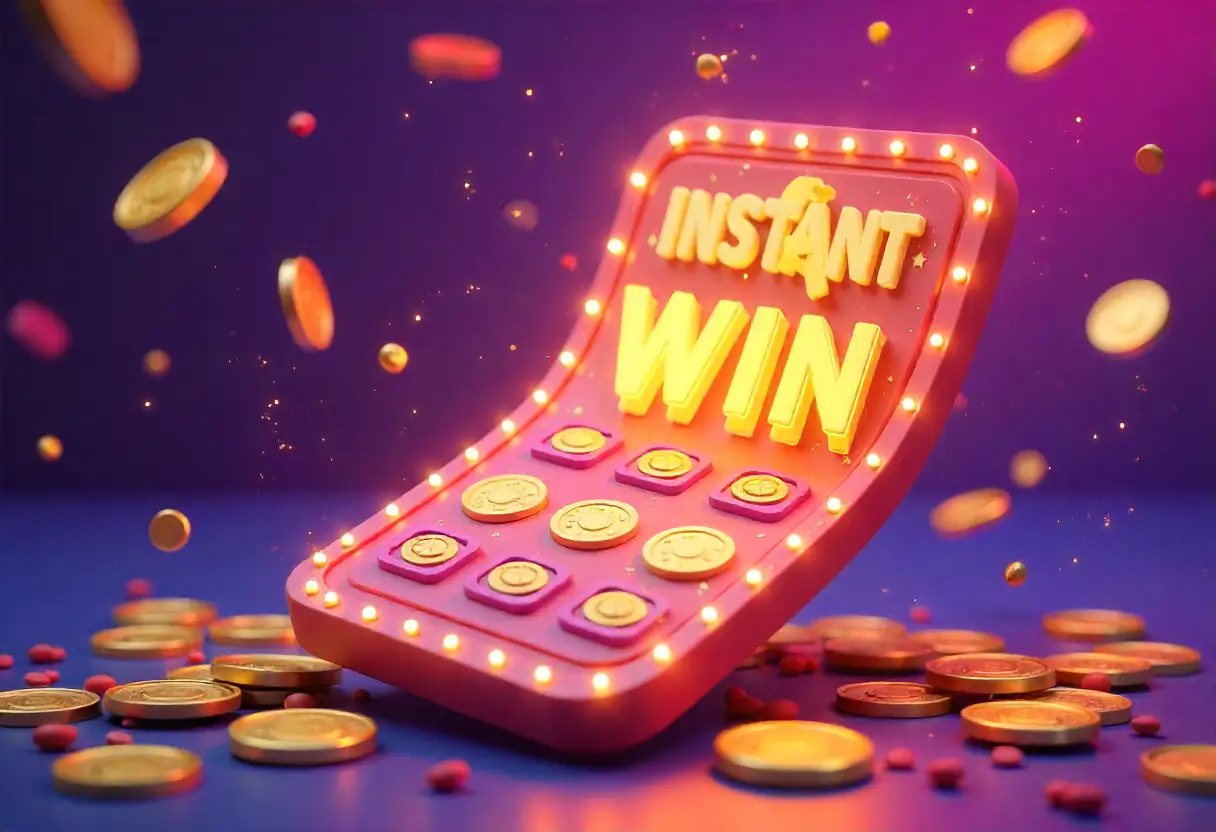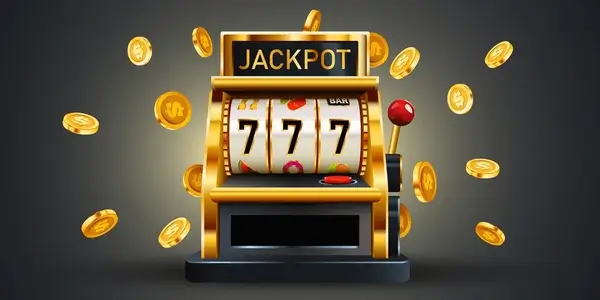Introduction
When I first encountered instant games, I thought they were all the same: pick a number, see result, win or lose.
I was wrong.
Since then, I’ve tested over 200 different instant games across multiple platforms. And I’ve discovered something fascinating: instant games are incredibly diverse.
Each type has its own psychology, its own appeal, its own addiction profile.
In this guide, I’m going to walk through every major instant game type, explain how it works, why people play it, and what makes it unique.
By the end, you’ll understand the full landscape of instant gaming.
Scratch Cards—The Digital Lottery Ticket
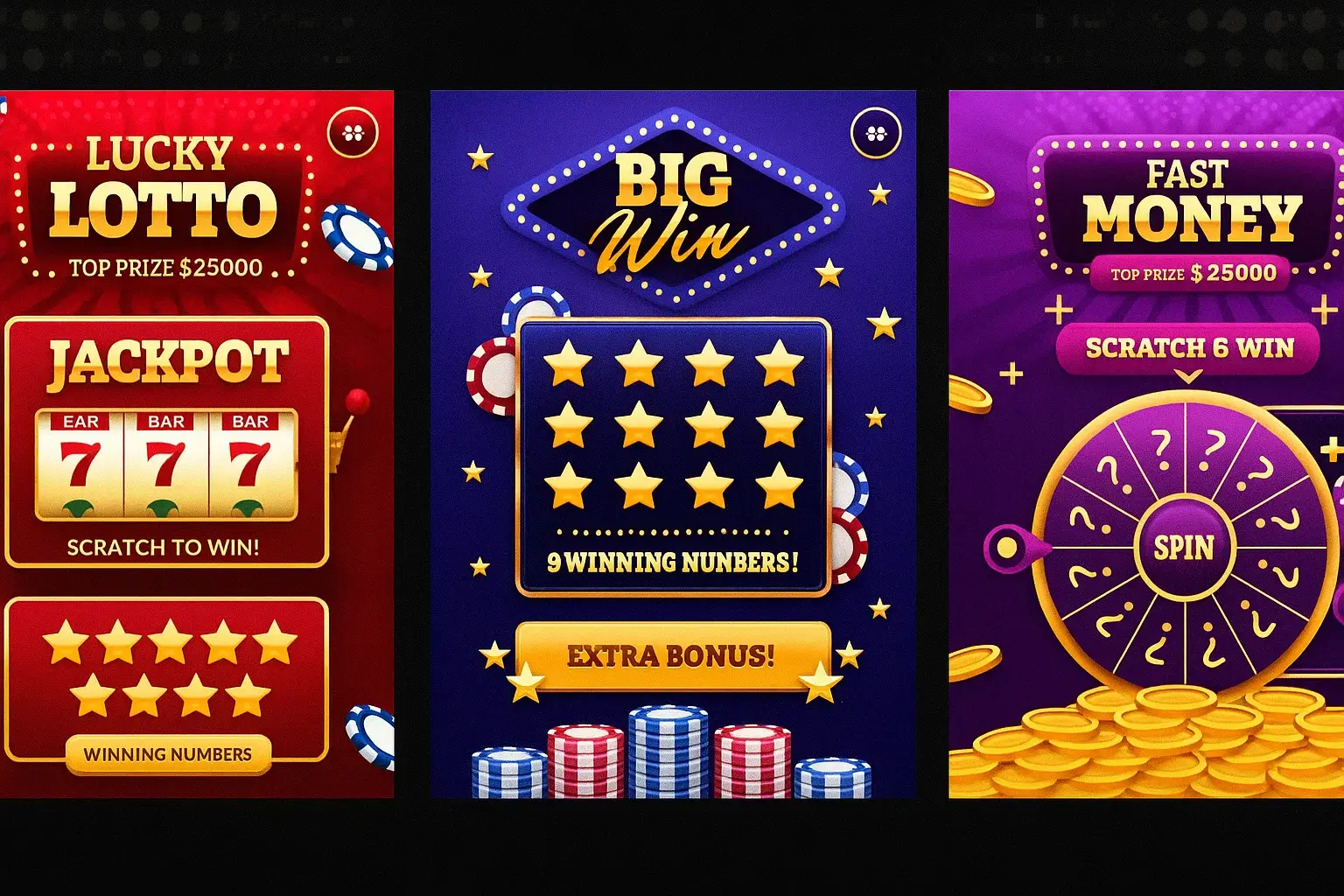
What Are Virtual Scratch Cards?
Scratch cards are instant games based on the physical scratch-off lottery tickets you’ve seen in convenience stores.
Except digital.
Instead of physically scratching, you click or tap. Instead of ink revealing numbers, animations reveal them. Otherwise, it’s the same concept: reveal hidden symbols, match them, win.
How They Work
Step 1: You Place a Bet You choose your bet amount ($0.01 to $100+, depending on the casino).
Step 2: A Card Appears You see a virtual card with covered fields (usually 9 fields arranged in a 3×3 grid).
Step 3: You Scratch You click each field to reveal it. An animation plays. Numbers or symbols appear.
Step 4: Match or Lose Match three numbers/symbols = you win the displayed payout No match = you lose your bet
Step 5: Instant Result Total time: 5-10 seconds
The Appeal
For Casual Players: It feels like a lottery ticket. Safe, familiar, nostalgic.
For Collectors: Different themes (lucky cats, treasure chests, fireworks). Collecting them all is satisfying.
For Speed Seekers: Super simple. No decisions. Just reveal and see.
Typical Payout Structure
A $1 scratch card might offer:
- Match 3 sevens = $100 (0.1% chance)
- Match 3 fives = $10 (1% chance)
- Match 3 threes = $3 (5% chance)
- Match 3 twos = $1 (15% chance)
- No match = $0 (79% chance)
House edge: approximately 2-3%
Why I Like Them
Scratch cards are honest. The probability is clear. There’s no strategy. No mind games. Just pure luck presented in a familiar format.
They’re good for when you want something truly simple. Zero thinking required.
Crash Games—The Adrenaline Rush

What Are Crash Games?
Crash games are unique among instant games because they’re semi-social and involve a single decision: when to cash out.
How They Work
Step 1: You Place Bet Everyone playing the game places bets. You bet $10.
Step 2: The Round Starts A multiplier starts at 1.00x and begins rising: 1.01x, 1.02x, 1.05x, 1.10x, 1.20x, 1.50x, 2.00x…
Step 3: You Watch and Decide You watch the multiplier rise. You can cash out anytime:
- Cash out at 1.50x = you get $15
- Cash out at 2.00x = you get $20
- Etc.
Step 4: The Crash At a random moment (determined before the round started via hash verification), the multiplier crashes to 0.
If you haven’t cashed out by then, you lose your bet.
Step 5: Round Ends Everyone either cashed out (win) or crashed (lose). New round starts immediately.
The Psychology
This is uniquely addictive because:
Greed Factor: You watch your profit grow. You want more. “Let it ride just a bit longer…”
FOMO Factor: You see other players cashing out at higher multipliers. You feel like you should have too.
Near-Miss Factor: You crash at 1.99x when you were waiting for 2.00x. So close.
Social Factor: You see the chat messages. Other players cheering. Other players raging. It’s social gambling.
House Edge
Crash games typically have 1-2% house edge. The edge comes from:
- The crash point is predetermined
- The average crash point is slightly lower than fair
Why I Like Them
Crash games are unique because they involve one actual decision: when to cash out. That decision isn’t strategy (the crash is random), but it creates the illusion that you have control.
This psychological element is powerful. Players feel engaged in a way that pure luck games don’t create.
Popular Variations:
- Rocket crash (watch a rocket fly up, crash back down)
- Plane crash (airplane ascending then descending)
- Graph crash (simple line chart rising then dropping)
- Car crash (car driving up a ramp, crashes)
The theme changes, but the mechanic is identical.
Plinko—Pinball’s Gambling Cousin
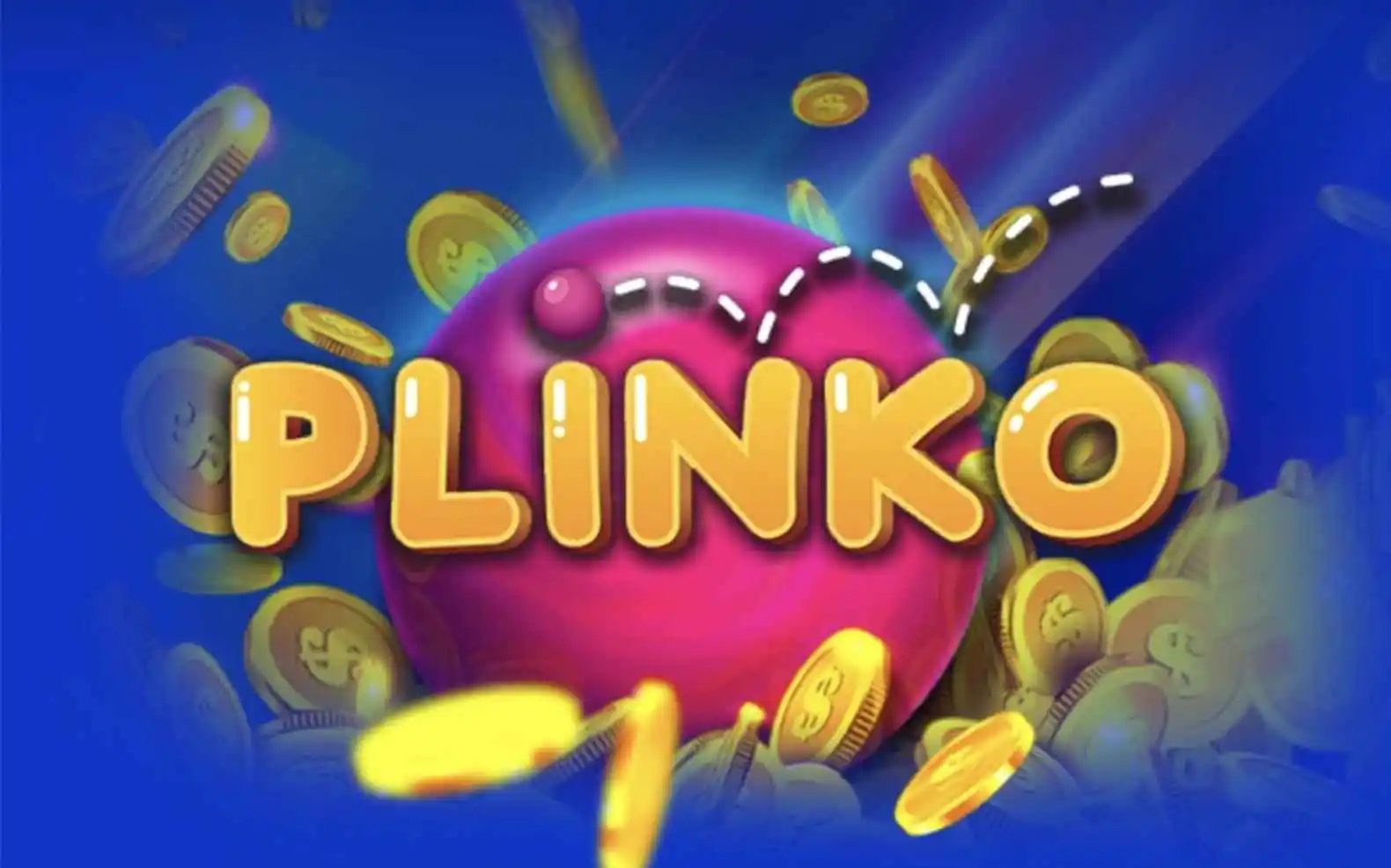
What Is Plinko?
Plinko is based on the classic Price is Right game. A ball drops down through a board filled with pegs, bouncing left and right, eventually landing in one of multiple slots at the bottom.
Each slot has a different payout.
How It Works
Step 1: Choose Risk Level
- Low risk: less variance, consistent payouts
- Medium risk: balanced variance and payouts
- High risk: massive variance, potential big wins
Step 2: Place Bet You choose how much to wager.
Step 3: Ball Drops Your ball starts at the top and bounces down through the peg field.
Step 4: Random Path Each bounce is pseudo-random (determined by the hash). The ball lands in one of 8-16 slots at the bottom.
Step 5: Payout Each slot has a different multiplier. Your winnings = bet × multiplier.
Step 6: Instant Result Total time: 3-5 seconds (includes animation of ball dropping).
Risk Levels
Low Risk Board:
- Payouts are more consistent
- Multipliers range: 0.5x to 3x
- Most games land in the 0.8x to 2x range
- House edge: 2-3%
High Risk Board:
- Payouts are extreme
- Multipliers range: 0.1x to 20x
- Many games land on 0.1x (lose money)
- Few games hit 10x or higher
- House edge: 3-5%
Why People Love Plinko
Visual Appeal: Watching the ball bounce is satisfying. The animation is engaging.
Control Illusion: You feel like choosing the risk level gives you control. Psychologically comforting.
Variety: Different risk levels for different moods.
Quick Results: 5 seconds total. Perfect for impatient players.
My Take
Plinko is a good bridge between pure luck and feeling like you have some control. The visual element (watching the ball) makes it more engaging than pure number reveals.
The different risk levels are smart design. They let players optimize for their mood (risk-averse days = low risk board; feeling lucky days = high risk board).
Mines (Minesweeper)—Control Through Strategy (Illusion)

What Is Mines?
Mines is based on the classic Minesweeper game. But instead of just solving puzzles, each open field awards a multiplier. Hitting a mine ends the round.
How It Works
Step 1: Choose Difficulty
- 5×5 grid with 3 mines (easiest)
- 5×5 grid with 10 mines (medium)
- 5×5 grid with 20 mines (hardest)
Step 2: Place Bet You place your initial bet ($1-$100, etc.).
Step 3: Pick Fields You click on fields to reveal them. Safe fields show a number and award a multiplier.
Example:
- First safe field: 1.1x
- Second safe field: 1.3x (1.1x × 1.3x = 1.43x)
- Third safe field: 1.5x (1.43x × 1.5x = 2.15x)
- And so on…
Step 4: Hit a Mine = Game Over If you click a field with a mine, the game ends. You lose your bet (unless you’ve cashed out).
Step 5: Cash Out At any point, you can cash out with your current multiplier. Or continue and risk hitting a mine.
Risk Management
Conservative Play:
- Open 5-10 safe fields
- Cash out with 2-3x multiplier
- High success rate, small wins
Aggressive Play:
- Try to open 15-20 safe fields
- Aim for 10x+ multiplier
- High failure rate, rare big wins
The Strategy Question
Here’s the trap: Mines feels like there’s strategy. There isn’t.
The mine placement is predetermined (from the hash). Your odds of success are fixed regardless of when you open which field.
But it feels like skill. That psychological element is powerful. Players think they’re being strategic when they’re just lucky.
House Edge
2-3% typically, same for all difficulty levels.
Why I Like It
Mines creates the strongest illusion of control of any instant game. You’re making constant decisions (which field to click). You’re managing risk (cash out when you think it’s good).
But mathematically, you’re just lucky or unlucky.
This illusion of control is so powerful that it keeps players engaged longer than pure luck games.
Aviator-Style Games—The Modern Classic

What Is Aviator?
Aviator (and variants like Spaceman) is similar to Crash, but with a key difference: you decide your cash-out multiplier in advance.
How It Works
Step 1: Choose Cash-Out Multiplier Before the round starts, you set: “Cash me out at 2.0x”
Step 2: Watch the Multiplier Rise The multiplier starts at 1.00x and rises: 1.05x, 1.10x, 1.20x, 1.50x, 1.85x, 2.00x…
Step 3: Automatic Cash Out When your predetermined multiplier is reached, you automatically cash out.
Step 4: Or Hit Crash If the game crashes before reaching your target multiplier, you lose.
Step 5: Instant Payout Payouts are instant. Next round starts immediately.
Why It’s Different From Crash
Crash: You manually decide when to cash out (requires active decision) Aviator: You pre-decide your target (simpler, less stressful)
The Appeal
Simplicity: Set and forget. You don’t have to watch constantly.
Less Stress: You’re not wondering “Should I cash out now?” You already decided.
Control: You feel like you’re strategizing by choosing your target.
Statistics: Many Aviator games show historical data: average crash, most common crash points, winning percentage at each multiplier.
Payout Structure
A typical Aviator game:
- Set target at 1.5x: 50% win rate (crash usually happens around 1.5x)
- Set target at 2.0x: 25% win rate
- Set target at 5.0x: 5% win rate
- Set target at 10.0x: 1% win rate
House edge: 1-2%
Why Players Like Statistics
“The average crash is 3.2x. So if I set target at 2.5x, I should win about 70% of the time.”
This is statistically sound. But it doesn’t account for variance. You could still lose 10 times in a row.
That said, the statistics do reflect reality. Setting targets based on recent crash history does improve your win rate slightly.
My Assessment
Aviator is probably the most “strategic” of instant games while still being pure luck. The statistics and pre-set targets create genuine engagement.
It’s also less addictive than Crash (manual cash-out creates more adrenaline). That’s a plus.
Wheel Games (Wheel of Fortune)—Spinning for Prizes
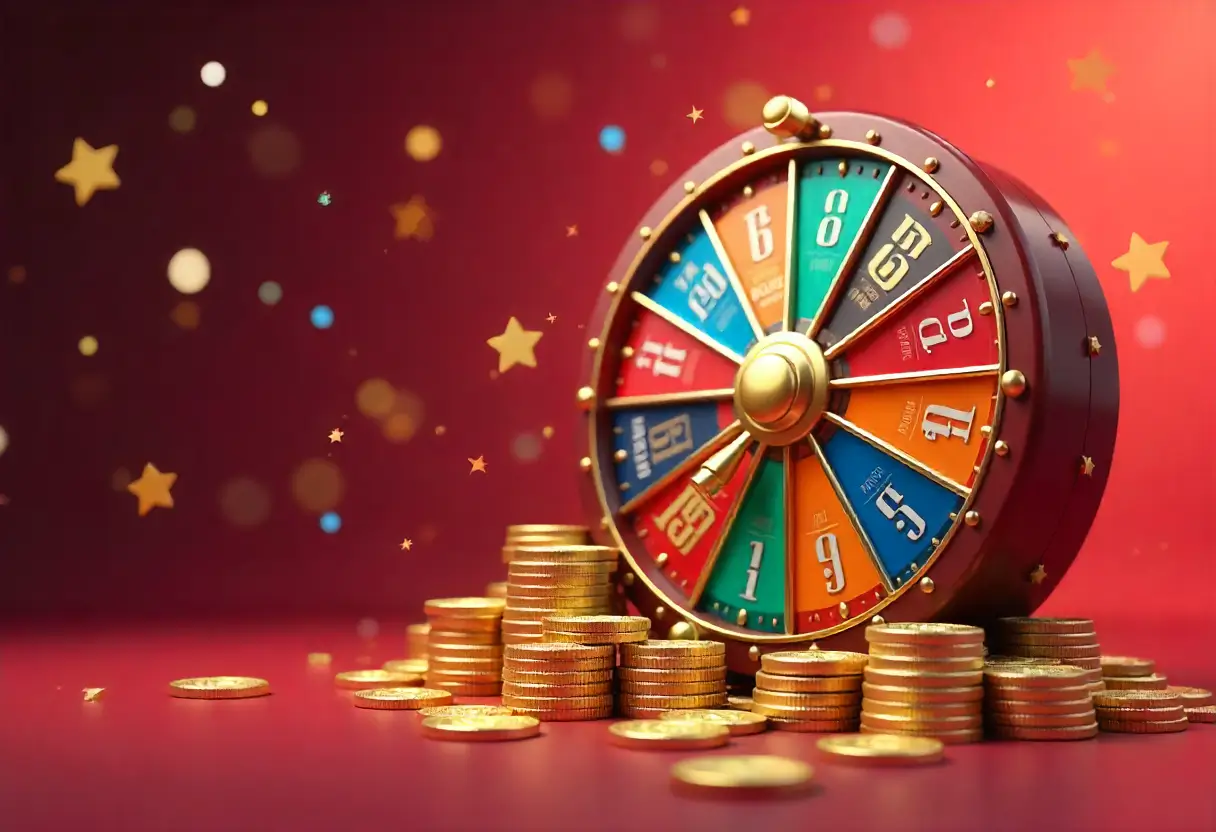
What Is a Wheel Game?
Wheel games are classic casino wheels divided into segments, each with a different prize. You spin and see where it lands.
How It Works
Step 1: Place Bet You choose your bet amount.
Step 2: Wheel Appears You see a wheel divided into 8-30 segments, each labeled with a multiplier (0.5x, 1.5x, 2x, 5x, 10x, 50x, etc.).
Step 3: Spin You click spin. The wheel rotates (animation).
Step 4: Result The wheel stops. An arrow points to a segment. That segment’s multiplier is your win.
Step 5: Payout Instant. Next spin available immediately.
Segment Distribution
Typically:
- 50% of wheel is 0.5x-1.5x (break even or small wins)
- 30% of wheel is 2x-3x (modest wins)
- 15% of wheel is 5x-10x (big wins)
- 5% of wheel is 50x+ (mega wins)
House edge: 2-3%
Bonus Features
Some wheel games include:
- Bonus wheel: Land on “bonus” and spin again
- Super multiplier: Special segments multiply your prize
- Jackpot meter: Play multiple times, meter fills, triggers mega-spin
Why People Like Wheels
Visual satisfaction: Watching the wheel spin and stop is satisfying.
Simplicity: No decisions. Just spin and see.
Nostalgia: Reminiscent of TV game shows.
Segment psychology: Each segment feels like a real possibility (even though probability is fixed).
My Take
Wheels are the least engaging of instant games because there’s zero player agency. You just spin. But that simplicity is also why some players like them—no stress, no decisions.
Dice Games—Simple and Pure
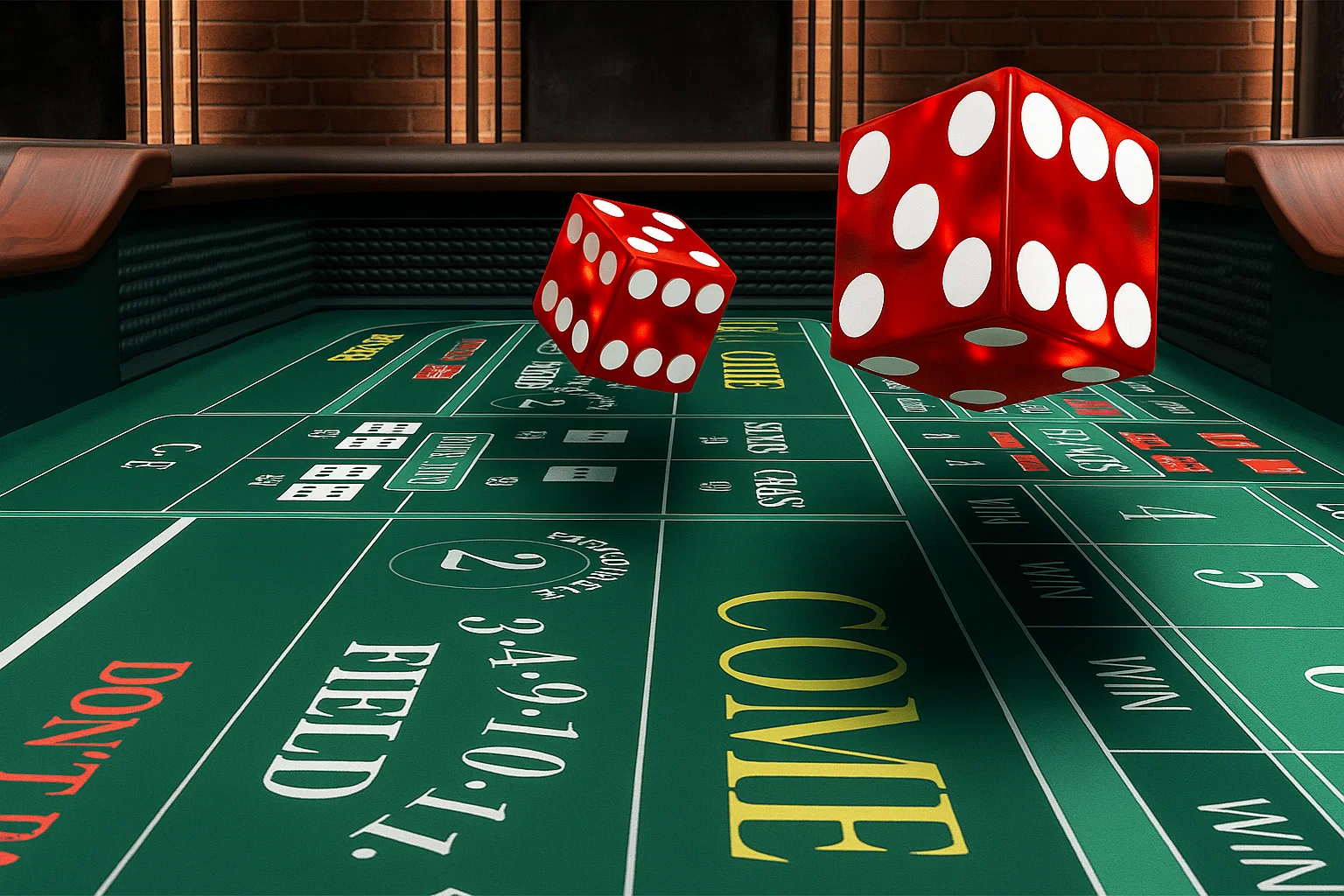
What Are Instant Dice Games?
Roll a virtual die (or dice). Guess the outcome. Win if correct.
How It Works
Step 1: Pick Outcome
- Bet on high (50+) or low (1-49)
- Bet on specific number
- Bet on even or odd
- Etc.
Step 2: Place Bet You choose your bet amount.
Step 3: Die Rolls Virtual die displays (animation of rolling).
Step 4: Result Die shows a number. You win or lose based on your prediction.
Step 5: Instant Payout Next game ready immediately.
Payout Examples
50/50 Bet (High/Low):
- Bet $10 on high
- Die shows 65
- You win $10 (2.0x payout minus house edge = 1.96x)
- You receive $19.60
Specific Number (1-100 range):
- Bet $10 on number 42
- Die shows 42
- You win 98x (100 possible outcomes, minus house edge)
- You receive $980
Why Dice Appeals
Mathematically transparent: You understand the odds immediately.
Provably fair: Dice results are easy to verify (hash verification simple).
Pure luck: No illusion of control. You know it’s chance.
Quick: 3-5 seconds total.
House Edge
Typically 1-2% on standard bets.
Hi-Lo Games—Building Chains
What Is Hi-Lo?
Hi-Lo is simple: a number is shown. You predict if the next number will be higher or lower. You can build chains of correct predictions for increasing multipliers.
How It Works
Step 1: Place Bet You place your initial bet ($1-$100, etc.).
Step 2: First Number A number appears (1-100). Example: 42
Step 3: Predict You predict: higher or lower?
Step 4: Second Number Another number appears. Example: 68
Step 5: Result If you predicted correctly (68 > 42 = higher), you’re right. Multiplier increases: 1.1x
If wrong, game ends, you lose.
Step 6: Build Chains If correct, continue with the new number as your reference:
- Second round: is the next number higher or lower than 68?
- Third round: is the next number higher or lower than that?
- Etc.
Each correct prediction increases your multiplier.
Step 7: Cash Out At any point, you can cash out with your current multiplier.
Probability
50/50 odds on each prediction (ignoring edge cases where numbers match).
But the more predictions you chain, the lower the probability:
- 1 correct: 50% chance
- 2 correct: 25% chance (0.5 × 0.5)
- 3 correct: 12.5% chance
- 4 correct: 6.25% chance
- 5 correct: 3.125% chance
Strategy
Conservative: Get 2 correct predictions (2.0x-2.2x) and cash out. Aggressive: Try for 5+ correct predictions (5x+ multipliers).
Why People Love Hi-Lo
Skill illusion: You’re making predictions. Feels strategic.
Chain building: Each correct prediction gives accomplishment dopamine.
Escalating stakes: As your multiplier grows, tension increases. Should I cash out? Should I continue?
Social bragging: “I got 6 correct predictions in a row!”
House Edge
1-2% (comes from the slight probability adjustment when numbers match).
Virtual Sports—Instant Racing and Matches
What Are Virtual Sports Instant Games?
Virtual sports are AI-generated sporting events that complete in 30 seconds to 2 minutes. Races, football matches, tennis matches, all simulated and resolved instantly.
Types Available
Virtual Horse Racing:
- 5-8 horses race
- You bet on which horse wins
- Race lasts 30 seconds
- Result instant
Virtual Dog Racing:
- Similar to horse racing
- 4-6 dogs race
- Result instant
Virtual Football:
- Teams play a quick match
- You bet on winner or score
- Match lasts 1-2 minutes
- Result instant
Virtual Tennis:
- Quick match (3-5 sets)
- 1-2 minutes total
- You bet on winner
Virtual Basketball:
- Quick game (4 quarters)
- 1-2 minutes total
Why This Is Different From Traditional Sports Betting
Speed: Traditional sports events take hours. Virtual sports take 30 seconds to 2 minutes.
Frequency: You can bet on dozens of virtual races per hour.
Predictability: Virtual sports are AI-generated. Odds are genuinely fair (you can’t predict AI behavior any better than random).
Always available: Real sports have schedules. Virtual sports run 24/7.
The Appeal
Real sports fans: Virtual sports feel like betting on real sports, but faster.
Action seekers: Quick resolution of bets.
Casual gamblers: Can play between other activities.
House Edge
Typically 2-4%.
Comparison Matrix—All Instant Game Types
| Game Type | Duration | Strategy | Control | Adrenaline | Engagement |
|---|---|---|---|---|---|
| Scratch | 5-10s | None | None | Low | Low |
| Crash | 10-30s | Some | High | Very High | High |
| Plinko | 3-5s | None | Illusion | Low | Medium |
| Mines | 5-15s | Illusion | High | High | High |
| Aviator | 10-30s | Some | Medium | High | High |
| Wheel | 5-10s | None | None | Low | Medium |
| Dice | 3-5s | None | Low | Low | Low |
| Hi-Lo | 5-20s | Illusion | High | High | High |
| Virtual Sports | 30-120s | Some | Low | Medium | Medium |
Which Game Type Is Right For You?
For Speed Addicts
Best: Scratch cards, Dice, Plinko Why: 3-5 seconds, no thinking, instant results
For Control Seekers
Best: Mines, Hi-Lo, Aviator Why: Active decisions, chain building, target setting
For Adrenaline Junkies
Best: Crash, Aviator, Hi-Lo Why: Rising multipliers, tension building, high volatility
For Casual Players
Best: Wheel, Scratch cards, Virtual Sports Why: Familiar formats, low engagement required
For Strategic Thinkers
Best: Mines, Hi-Lo, Aviator Why: Decision-making involved (even though luck-based)
For Social Players
Best: Crash, Virtual Sports Why: Community aspect, seeing other players’ results
For Visual Appeal
Best: Plinko, Wheel, Virtual Sports Why: Animations, visual satisfaction
Understanding the House Edge Across Types
Why House Edges Vary
Different game types have slightly different house edges:
Lowest house edge games:
- Dice games: 1-1.5%
- Aviator/Crash: 1-2%
- Hi-Lo: 1-2%
Medium house edge games:
- Scratch cards: 2-3%
- Plinko (low risk): 2-3%
- Wheel: 2-3%
Higher house edge games:
- Mines: 2-4% (depends on difficulty)
- Plinko (high risk): 3-5%
- Virtual Sports: 2-4%
Why the variation?
Lower complexity games (dice, hi-lo) have clearer math, so casinos margin is lower. Higher complexity games (mines, plinko with multiple difficulties) allow more variance in house edge.
What This Means
If you’re going to play instant games, prioritize lower house-edge games. The difference compounds over hundreds of games.
Playing Dice (1.5% edge) vs. Plinko High Risk (5% edge) means:
- After 100 games at $10 each ($1,000 wagered)
- Dice: expected loss $15
- Plinko High Risk: expected loss $50
The difference is real.
Addiction Profile By Game Type
Most Addictive
Crash:
- Reason: Control illusion + rapid adrenaline
- Risk: Very high
- Recommendation: Limit time, set strict loss limits
Hi-Lo:
- Reason: Chain building + escalating stakes
- Risk: Very high
- Recommendation: Set chain-length targets before playing
Mines:
- Reason: Constant decisions + control illusion
- Risk: High
- Recommendation: Play in time blocks only
Moderately Addictive
Aviator:
- Reason: Pre-set targets (less impulsive than Crash)
- Risk: Medium-High
- Recommendation: Reasonable
Plinko:
- Reason: Visual element + quick results
- Risk: Medium
- Recommendation: Reasonable
Virtual Sports:
- Reason: Familiar format + rapid results
- Risk: Medium
- Recommendation: Reasonable
Least Addictive
Scratch Cards:
- Reason: No decisions, passive play
- Risk: Low-Medium
- Recommendation: Safe option
Dice:
- Reason: Pure luck, transparent odds
- Risk: Low-Medium
- Recommendation: Safe option
Wheel:
- Reason: Passive spinning, no control illusion
- Risk: Low-Medium
- Recommendation: Safe option
How to Play Responsibly Across Types
General Rules
Rule 1: Set Time Limits
- 15 minutes per session maximum
- 1 hour per day maximum
Rule 2: Set Loss Limits
- $10 per session maximum for recreational players
- Never chase losses
Rule 3: Choose Low-Risk Games
- Prefer: Dice, Scratch, Wheel
- Avoid: Crash, Mines (if addiction-prone)
Rule 4: Avoid Illusion of Control
- Games like Mines/Hi-Lo create illusion of control
- Remember: it’s all luck
Rule 5: Track Spending
- Write down every session
- Calculate weekly total
- Stop if it exceeds entertainment budget
Game-Specific Strategies
For Crash/Aviator: Set a target multiplier and stick to it. Don’t chase higher.
For Mines/Hi-Lo: Decide your chain-length target before starting. Exit when reached or after 5 failures.
For Plinko: Choose low-risk board. High-risk boards are for entertainment only, not income.
For Scratch: Set a maximum number of scratches per session.
For Virtual Sports: Treat like traditional sports betting (research before betting).
The Future of Instant Games
Emerging Types
Skill-Based Instant Games: Hybrids that combine luck and minimal skill elements.
Multiplayer Instant Games: Real-time games with other players (more social).
AR Instant Games: Augmented reality experiences on your phone camera.
Blockchain Instant Games: Decentralized, provably fair instant games.
AI-Personalized Games: Games that adjust difficulty based on your play style.
Conclusion
Here’s what I’ve learned testing all these game types:
There’s no “best” instant game. There’s only the best one for you.
If you want simplicity: Scratch cards or Dice If you want engagement: Mines or Hi-Lo If you want adrenaline: Crash or Aviator If you want familiarity: Wheel or Virtual Sports
The key is understanding what appeals to you psychologically and choosing accordingly.
And playing responsibly, regardless of which you choose.
All instant games are designed to be addictive. That’s not a bug—it’s the business model.
Know that going in. Play with that knowledge. Set limits. Stick to them.
Do that, and you can enjoy instant games as entertainment. Don’t, and you’ll lose more money than you intended.
Your choice. Make it wisely.
Disclaimer: All instant games carry addiction risks. Know your limits. Set them before playing. Seek help at gamblinghelp.org if needed.
